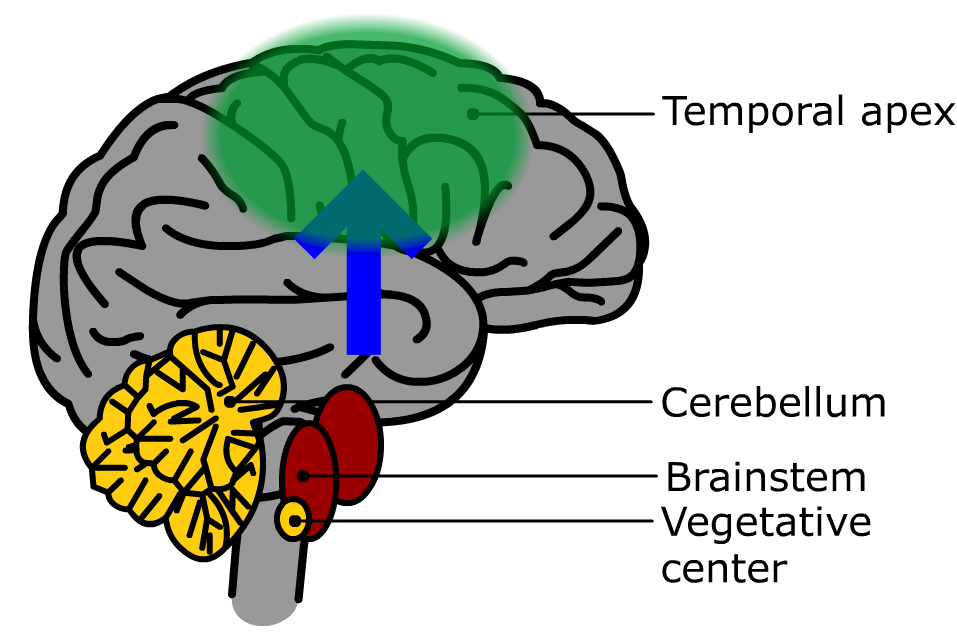How dizziness or vertigo is shown?
DIZZINESS OR VERTIGO is a subjective symptom described by the patient in very different ways, such as: unsteadiness sensation on walking, rotatory sensations, a sensation of being afloat on the air, feeling of a hollow space in the head, etc.
The vertigo sensation could become evident once in a while, as, for example, when a certain position is changed. It could be a permanent sensation or rather emerge at very particular situations, as it is the case of sailing, flying or looking out to the abysm.

In view of the proximity of the equilibrium center with the vegetative center or vagus nucleus, the vertigo symptom could be shown together with or concealed by other symptoms typical of said center or nucleus, such as sweating sensation, heart beating or arrhythmia, sick feeling, vomiting or diarrhoea. Isolated cardiological, respiratory or digestive investigations are considered of negative results, since the evidence of these symptoms is a consequence of a cerebral irritation of the aforementioned neurological center.
In order to become conscious of the dizziness sensation or symptom, the equilibrium center requires to be interrelated with superior cortical centers at the brain cortex.
The consciousness cerebral areas of vertigo specifically belong to the posterosuperior part of the temporal lobe. These projections towards the superior or conscious cortical areas, make the vertigo symptom to be accompanied by some attention disorders which bother the thinking process and those superior functions as reading, writing and speaking, provoking depressive and weakwilled situations on the patient.
Dizziness or vertigo present itself as a profound illness, giving the sensation of "imminent death". On the other hand nobody dies from vertigo, but it is an illness that invalidates everybody who suffers from it preventing from carrying out a normal life, with the social consequences that it produces.